Related Research Articles

The Royal Armouries is the United Kingdom's national collection of arms and armour. Once an important part of England's military organization, it became the United Kingdom's oldest museum, and one of the oldest museums in the world. It is also one of the largest collections of arms and armour in the world, comprising the UK's National Collection of Arms and Armour, National Artillery Collection, and National Firearms Collection. Originally housed in the Tower of London from the 15th century, today the collection is split across three sites: the Tower, the Royal Armouries Museum in Leeds, and Fort Nelson near Portsmouth
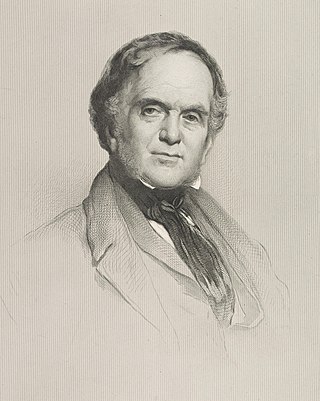
William Henry PlayfairFRSE was a prominent Scottish architect in the 19th century who designed the Eastern, or Third, New Town and many of Edinburgh's neoclassical landmarks.
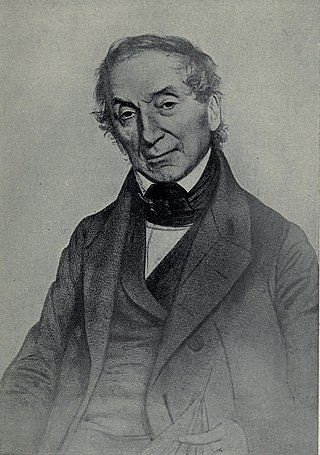
Nathaniel Wolff Wallich was a surgeon and botanist of Danish origin who worked in India, initially in the Danish settlement near Calcutta and later for the Danish East India Company and the British East India Company. He was involved in the early development of the Calcutta Botanical Garden, describing many new plant species and developing a large herbarium collection which was distributed to collections in Europe. Several of the plants that he collected were named after him.

Major General Sir Alexander Dickson was a British Army officer who served in the artillery. He fought at many battles during the Napoleonic Wars. Arthur Wellesley, 1st Duke of Wellington had the highest opinion of his abilities and made him the effective commander of his army's artillery during the latter part of the Peninsular War.

Old College is a late 18th-century to early 19th-century building of the University of Edinburgh, Scotland. It is located on South Bridge, and presently houses parts of the University's administration, the University of Edinburgh School of Law, and the Talbot Rice Gallery.

Benjamin Bell of Hunthill FRSE FRCSEd is considered to be the first Scottish scientific surgeon. He is commonly described as the father of the Edinburgh school of surgery, or the first of the Edinburgh scientific surgeons. He published medical works of significance, notably his surgical textbook A System of Surgery which became a best seller throughout Europe and in America. His treatise on venereal disease was one of the early works that suggested syphilis and gonorrhea were different diseases, a hypothesis which was not accepted by mainstream medicine until many decades later. Bell's main contribution to surgical practice was his adage 'save skin', which led to improved rates of wound healing in operations like mastectomy and limb amputation. He was also an early advocate of routine pain relief in surgery.

Restalrig is a small residential suburb of Edinburgh, Scotland. It is located east of the city centre, west of Craigentinny and to the east of Lochend, both of which it overlaps. Restalrig Road is the main route through the area, running from London Road, at Jock's Lodge, to Leith Links. It is in the ward of Lochend.

HMS Magnanime was a 64-gun third-rate ship of the line of the Royal Navy, launched on 14 October 1780 at Deptford Dockyard. She belonged to the Intrepid-class designed by Sir John Williams and later was razeed into a 44 gun frigate.

Surgeons' Hall in Edinburgh, Scotland, is the headquarters of the Royal College of Surgeons of Edinburgh (RCSEd). It houses the Surgeons' Hall Museum, and the library and archive of the RCSEd. The present Surgeons' Hall was designed by William Henry Playfair and completed in 1832, and is a category A listed building.
Royal Museum is a common name for official state museums in countries with a monarchy, or which formerly had one. Royal Museum may refer to:
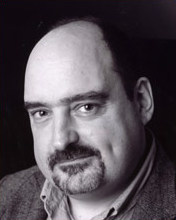
Angus Konstam is a Scottish writer of popular history. Born in Aberdeen, Scotland and raised on the Orkney Islands, he has written more than a hundred books on maritime history, naval history, historical atlases, with a special focus on the history of piracy.
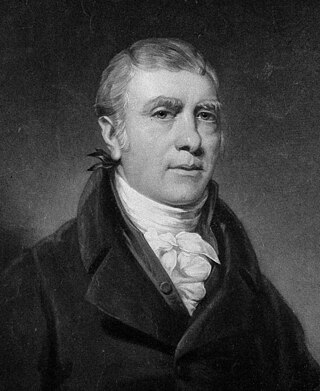
John Barclay was a Scottish comparative anatomist, extramural teacher in anatomy, and director of the Highland Society of Scotland.

The Volunteer Corps was a British voluntary part-time organization for the purpose of home defence in the event of invasion, during the French Revolutionary and Napoleonic Wars.

David Maclagan MD, FRSE, FRCSEd, FRCPE was a prominent Scottish medical doctor and military surgeon, serving in the Napoleonic Wars. He served as President of both the Royal College of Physicians of Edinburgh and the Royal College of Surgeons of Edinburgh. He was Surgeon in Scotland to Queen Victoria.
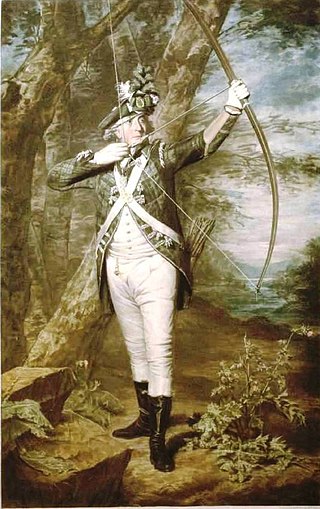
Nathaniel Spens was a Scottish medical doctor who qualified as Fellow of the Incorporation of Surgeons and then became increasingly interested in the practice of physic. He qualified as a Fellow of the Royal College of Physicians of Edinburgh and went on to become President of that College.
Extramural medical education in Edinburgh began over 200 years before the university medical faculty was founded in 1726 and extramural teaching continued thereafter for a further 200 years. Extramural is academic education which is conducted outside a university. In the early 16th century it was under the auspices of the Incorporation of Surgeons of Edinburgh (RCSEd) and continued after the Faculty of Medicine was established by the University of Edinburgh in 1726. Throughout the late 18th and 19th centuries the demand for extramural medical teaching increased as Edinburgh's reputation as a centre for medical education grew. Instruction was carried out by individual teachers, by groups of teachers and, by the end of the 19th century, by private medical schools in the city. Together these comprised the Edinburgh Extramural School of Medicine. From 1896 many of the schools were incorporated into the Medical School of the Royal Colleges of Edinburgh under the aegis of the RCSEd and the Royal College of Physicians of Edinburgh (RCPE) and based at Surgeons' Hall. Extramural undergraduate medical education in Edinburgh stopped in 1948 with the closure of the Royal Colleges' Medical School following the Goodenough Report which recommended that all undergraduate medical education in the UK should be carried out by universities.
The Queen's Edinburgh Light Infantry Militia was an auxiliary regiment raised in and around the city of Edinburgh in Scotland. It was formed in 1798 and reformed in 1802, but had links with earlier Fencible and Volunteer units from the area. It served in home defence during the Napoleonic Wars and the Crimean War. Later it became a battalion of the Royal Scots and saw active service in South Africa during the Second Boer War. It served as a Special Reserve training unit in World War I, but after 1921 the militia had only a shadowy existence until its final abolition in 1953.
The Fifeshire Militia was an auxiliary regiment raised in Fifeshire, Scotland, in 1798. It served in home defence during the Napoleonic Wars and again during the Crimean War when it was converted into an artillery unit as the Fifeshire Artillery Militia. It served in home defence again during the Indian Mutiny and the Second Boer War. It was disbanded in 1909.
References
- ↑ "RCSEd Secures £2.7 Million Heritage Lottery Fund Grant - The Royal College of Surgeons of Edinburgh".
- ↑ "Surgeons' Hall Museums Reopen After Major Transformation - The Royal College of Surgeons of Edinburgh".
- ↑ "Museum + Heritage Awards - The Royal College of Surgeons of Edinburgh".
- ↑ "Chris Henry". United States.